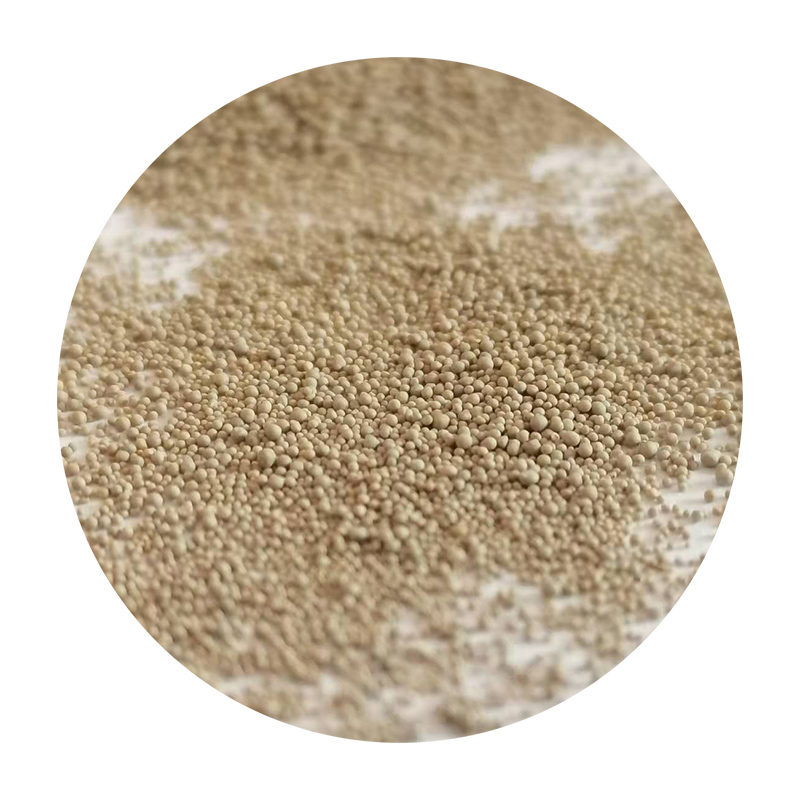Casting Sand for Sale A Comprehensive Guide
Casting sand is an essential material in the metal casting process, used in foundries and manufacturing facilities worldwide. Its primary purpose is to create molds for metal pouring. This article delves into the various aspects of casting sand, including types, properties, uses, and considerations for purchasing casting sand for sale.
Understanding Casting Sand
Casting sand, also known as foundry sand, is a granular material used in the casting process where molten metal is poured into molds. It is chosen for its ability to withstand high temperatures, retain shape, and facilitate gas permeability, which is crucial during the pouring process. The quality of casting sand directly affects the integrity of the cast products, making it imperative to select the right type for specific applications.
Types of Casting Sand
1. Silica Sand This is the most common type of casting sand, known for its high resistance to heat and excellent molding properties. Silica sand is chemically inert, stable at high temperatures, and commonly used in ferrous and non-ferrous metal casting.
2. Green Sand Comprising silica sand, clay, and water, green sand is versatile and widely used in the casting industry. It gets its name from the fact that it is used in a damp condition. The clay in green sand allows for better moisture retention, which is crucial for mold strength.
3. Resin-Coated Sand This type of sand is coated with a resin binder, which enhances mold strength and improves surface finish. It is particularly useful in producing high-precision castings, making it a popular choice for industries requiring stringent quality controls.
4. Investment Casting Sand Typically used in precision casting, investment casting sand involves creating a mold from a wax pattern, which is then melted away. This method is ideal for intricate designs and high-detail castings.
Properties of Quality Casting Sand
When considering casting sand for sale, certain properties should be evaluated
- Grain Size The size of the grains affects mold permeability, surface finish, and the overall quality of the cast. Smaller particles can create finer finishes, but they may also reduce permeability.
casting sand for sale

- Shape The shape of the sand grains can impact packing density and the quality of the mold. Angular grains may provide better strength, while rounded grains can enhance flowability.
- Moisture Content Adequate moisture is essential for sand casting, particularly for green sand. Too much moisture can lead to defects, while too little can cause shrinkage and cracks.
- Thermal Stability High-temperature stability is crucial for preventing sand disintegration during metal pouring. Quality casting sand should withstand the heat of molten metals without compromising the mold.
Purchasing Casting Sand for Sale
When looking to purchase casting sand, consider the following
1. Supplier Reputation Choose suppliers who specialize in foundry materials and have a reputable background in providing high-quality casting sand.
2. Quality Assurance Ensure that the supplier adheres to industry standards for quality control and can provide documentation to verify the properties of the sand.
3. Cost and Availability Compare prices among different suppliers but focus on long-term value, considering factors such as performance and consistency.
4. Technical Support A good supplier should offer technical assistance and guidance on the best type of casting sand for your specific applications.
Conclusion
Casting sand is a fundamental material crucial for the success of the metal casting process. Understanding the types, properties, and best practices for purchasing casting sand for sale can help businesses achieve high-quality casting results. As industries continue to evolve, the demand for superior casting sand will remain steady, making it an important investment for foundries and manufacturers alike.
Post time:дек. . 15, 2024 03:49
Next:Optimizing Surface Finish with Sanding Techniques and Resin Applications for Perfect Results
